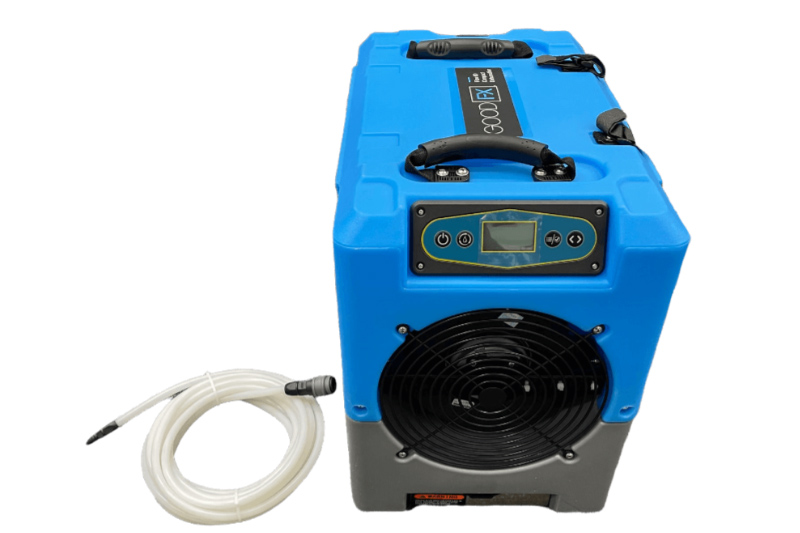Are you tired of walking into your home and feeling like you’re in a swamp? Do you find yourself cracking windows or blasting fans just to get some relief from the muggy air? If so, it’s time to invest in a dehumidifier. You can easily find one through various options online, with “dehumidifier for sale” ads popping up almost everywhere. Here’s the ultimate guide on how to choose the right one.

What is a dehumidifier?
Before we go further, let’s first clarify what a dehumidifier is. A dehumidifier is an electronic device that sucks moisture from your surrounding area or room. It collects moisture and retains it in a small tank or bucket until you dump it out manually (or hook up a special hose if you opt for those models).
Why choose a dehumidifier?
A dehumidifier removes excess moisture from the air, which results in less humidity buildup on surfaces within your space. Less humidity means fewer allergens like mould and mildew growing on surfaces, less damage to paint walls or furniture, and reduced wear-and-tear on anything made of metal in your room. Plus, when used correctly, they can help lower energy costs because dry air feels cooler than humid air.
Size Matters
Don’t assume bigger is better when shopping for a dehumidifier for sale. Though if your budget allows, why not go all in? But keep it size-appropriate based on its planned usage against how often it’ll be used. For instance, If you are getting one for temporary usage during monsoon season only, then don’t buy huge expensive ones. Save money by settling for smaller ones.
The Amount of Space Needing De-humification
Selecting appropriate units means knowing about dimensions, length, width, and height without forgetting floor height, which should all be considered when shopping for a dehumidifier. A room’s square footage will determine the amount of moisture it holds, so by measuring that space; you can get an idea of the size of the dehumidifier you need. Opting for one with a coverage slightly more extensive than you need is ideal to avoid overwork.
Types
A dehumidifier for sale can be two types: refrigerant and desiccant. Refrigerant or compressor units work similarly to air conditioners, using refrigeration technology to cool and extract moisture from the air. Desiccant units use silica gel (like those little packets that say “Do Not Eat” in new shoes or apparel) to absorb moisture from surrounding air, making them more energy-efficient but not entirely efficient as their refrigerant counterpart.
Sound Level
Talking about sound level under this section might be strange, but bear with me because most people don’t consider this when buying a dehumidifier. Most homes have central AC where users haven’t noticed sound levels since they are generally higher outside and noisier hustle appears muted indoors. However, some dehumidifiers have max decibels that reach 50-70, so it’s essential to consider quieter alternatives if your device will be beside your workspace/bedroom.
Energy Efficiency
Ensure energy efficiency is factored in another critical consideration when purchasing your chosen unit by considering its Energy Star rating. The number of watts consumed per hour during operation varies widely between models and brands, with significantly different operating costs depending on how often it runs. Consider environmental protection agency (EPA) certified products to avoid burning holes in electricity bills if buying a new model.
Maintenance
Similar maintenance applies here as like other electronic appliances. Regular cleaning improves performance and extends lifespan, so pay attention to this. It will help if you clean out tanks/buckets regularly, which also helps prevent mold growth after usage. Some models come with washable filters, making maintenance as easy as popping the filter out and running it under a faucet or cleaning it with a vacuum to remove dust.
Choosing the right dehumidifier for your home is crucial for avoiding hazardous allergen buildup and paint damage, reducing wear-and-tear on metal fixtures/furniture, and keeping electricity bills down. If you follow the guide above when shopping for one, size it appropriately based on planned use, know the square footage of your room(s), and compare types like refrigerant vs. desiccant units. Consider operating sound levels along with buyer beware labels EPA-certified Energy star rating tags and maintenance routines as well. Then you can start removing excess moisture from your space today.
Like this post? Subscribe to this blog by clicking HERE.
Let’s stay connected: